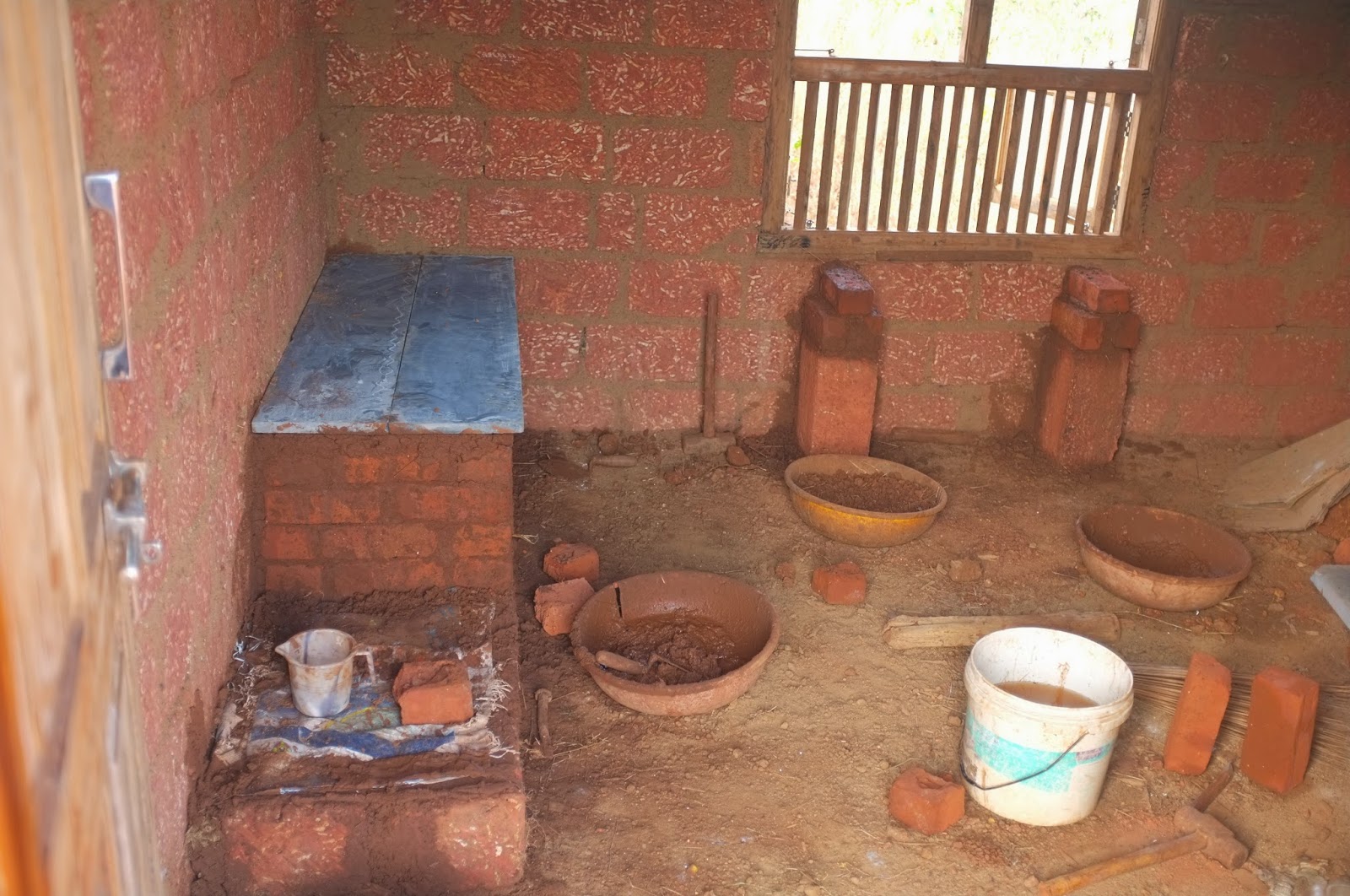Just a few months ago, I blogged about the amazing summer. I was sorry to see it end, even as I looked forward to the productive monsoon season.
What was new and exciting this monsoon for me was our farmhand and his tarzan-esque skills. It meant loads of wild crafted crabs, mushroom and fish. Wild crafted foods (foods sourced from the wild without any human effort other than harvest) are probably the biggest joy for a sustainable-living-enthusiast.
 Then we tried some Indrayani rice. We chose a short variety of paddy as it is less susceptible to damage by wild boar. Though we did not have boar issues with the rice this year, it was another year of serious learning ... we did not manage the borders of the fields well and hence without standing water, we got a lot of grass in the paddy field. It has impacted yields ... but has taught us a valuable lesson.
Then we tried some Indrayani rice. We chose a short variety of paddy as it is less susceptible to damage by wild boar. Though we did not have boar issues with the rice this year, it was another year of serious learning ... we did not manage the borders of the fields well and hence without standing water, we got a lot of grass in the paddy field. It has impacted yields ... but has taught us a valuable lesson.
The entire process of paddy - from preparing the fields to sowing, transplanting, harvesting, threshing, and milling - is pretty knowledge-intensive ... rather experience-intensive. The local farmers are a treasure trove.
We continue to struggle with vegetables. Cattle got to our cowpeas and moong and bhindi and gawar which we planted late summer / early monsoon. And then we were just too busy with the tree plantation and paddy and turmeric.
Our experience from turmeric last year was so good that we decided to double our turmeric this year. The results so far look promising :) This will be ready for harvest in Feb.
What was new and exciting this monsoon for me was our farmhand and his tarzan-esque skills. It meant loads of wild crafted crabs, mushroom and fish. Wild crafted foods (foods sourced from the wild without any human effort other than harvest) are probably the biggest joy for a sustainable-living-enthusiast.
Monsoon means plenty tree plantation, turmeric, paddy, and a mad dash to protect infrastructure from the incessant rains. So this monsoon we did the usual - prepared pits and planted tree saplings - hundreds of mangoes, cashews and nearly a hundred coconut! This should be our last year of massive plantation as we have covered most of our ground (next year we might have shade-loving intercrop trees ... lets see).
 Then we tried some Indrayani rice. We chose a short variety of paddy as it is less susceptible to damage by wild boar. Though we did not have boar issues with the rice this year, it was another year of serious learning ... we did not manage the borders of the fields well and hence without standing water, we got a lot of grass in the paddy field. It has impacted yields ... but has taught us a valuable lesson.
Then we tried some Indrayani rice. We chose a short variety of paddy as it is less susceptible to damage by wild boar. Though we did not have boar issues with the rice this year, it was another year of serious learning ... we did not manage the borders of the fields well and hence without standing water, we got a lot of grass in the paddy field. It has impacted yields ... but has taught us a valuable lesson.The entire process of paddy - from preparing the fields to sowing, transplanting, harvesting, threshing, and milling - is pretty knowledge-intensive ... rather experience-intensive. The local farmers are a treasure trove.
We continue to struggle with vegetables. Cattle got to our cowpeas and moong and bhindi and gawar which we planted late summer / early monsoon. And then we were just too busy with the tree plantation and paddy and turmeric.


















